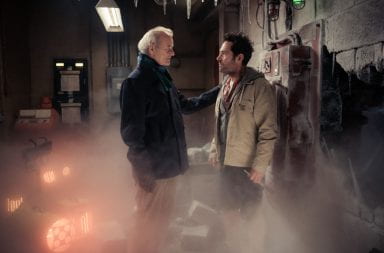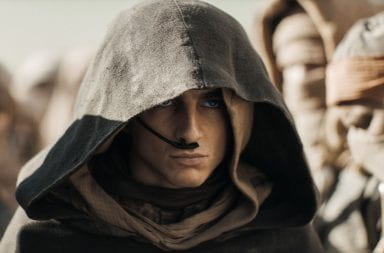
Vin Diesel at “The Fate of the Furious” premiere in Madrid in April 2017. Credit: Courtesy of TNS
The “Fast and Furious” franchise, despite all of its flaws, is one of the most consistent action blockbuster series running right now. The high level of absurdity — ranging from the stunts to the music video-quality montages of random women dancing around cars — is endearing in its own way. Beginning with “Fast Five,” these films have always felt tongue in-cheek, despite their faux macho act. Or maybe it’s because of that highly aestheticized masculinity that the movies have been so funny, even if it is unintentional.
Following Paul Walker’s death during the production of “Furious 7” and the departure of his character at the end of that film, the legacy of the franchise has been up in the air. Granted, Universal Studios has plans to keep up its every-two-years formula — with the ninth and tenth movies to come out in 2019 and 2021 respectively — but Walker’s Brian O’Conner was a core component of the series’ identity. The dreadfully named “The Fate of the Furious” (get it, fate, like F8?) was our first peek at how the movies hold up, and the results are mixed.
Dominic Toretto (Vin Diesel) is dragged back into the shadowy criminal underworld by Cipher (Charlize Theron), a non-descript cyber-terrorist whose motives are dubious at best. Dom is forced to turn on his team, his so-called family, though the audience is kept in the dark as to why for the first half of the movie. I won’t say more to avoid spoilers, because the story of “Fate of the Furious” is chock full of them, and it does its best to shake up the film universe and forge its own path against the three classic movies that preceded it.
The push to differentiate itself from previous films in the series is one of the biggest issues in “The Fate of the Furious.” While there are certainly aspects of the movie that identify it as a “Fast and Furious” movie — namely over-the-top action set pieces and a sense of humor that’s at odds with the supposedly high stakes of the narrative — it feels way too serious about itself.
One of the biggest draws of the series, and the main reason I personally love it so much is how goofy the threats are and how the movies are stupid fun because of them. This latest addition retains some of its silliness. For example, Dom is at one point shielded from a massive explosion by his team parking their cars in front of him. But the story stretches itself thin by making the consequences feel very real — real being a relative term here — and creating an uneasy relationship between the hilarious and the serious.
Likewise, one of the reasons the “Fast and Furious” franchise works as an unintentional comedy is that unintentionality. There have always been jokes, sure, but it’s been the juxtaposition of absurdity of the film versus how sincere it’s trying to be in the action that makes it funny. Here, the intentional humor is upped and the incidentals are far and few between. It’s just not as good.
That being said, “The Fate of the Furious” might also be suffering from the fact that “Furious Seven” potentially jumped the shark in its ludicrousness. It bred such high expectations that any movie following it couldn’t possibly have met, and might not be met by later installments. It’s too early to say.
But “The Fate of the Furious” is still worth seeing for fans of the franchise and fans of action movies in general. A mundane middle section doesn’t hinder the first act, which feels the most like an earlier “Fast and Furious” film and features a prison escape that stands among the series’ best sequences, and the thrilling climax that will throw the viewer for so many loops that by the time it ends, they’ll welcome the now requisite final dinner scene in which Dom preaches love for his family. “The Fate of the Furious” might not feel as rewarding as the earlier films, but it never could have. For what it is, it at least works.
6/10 stars


